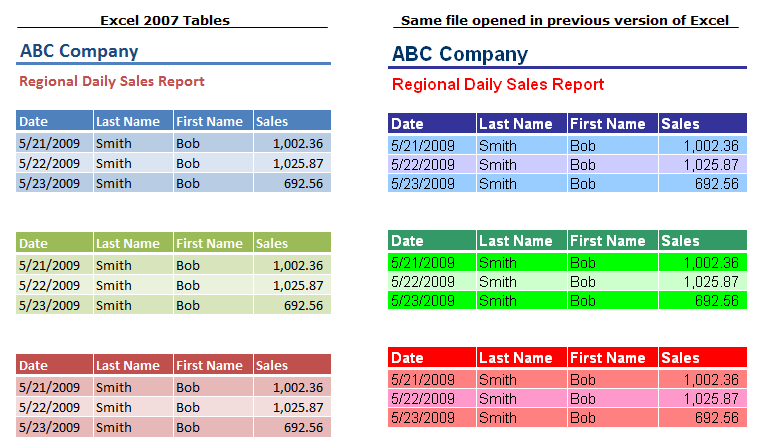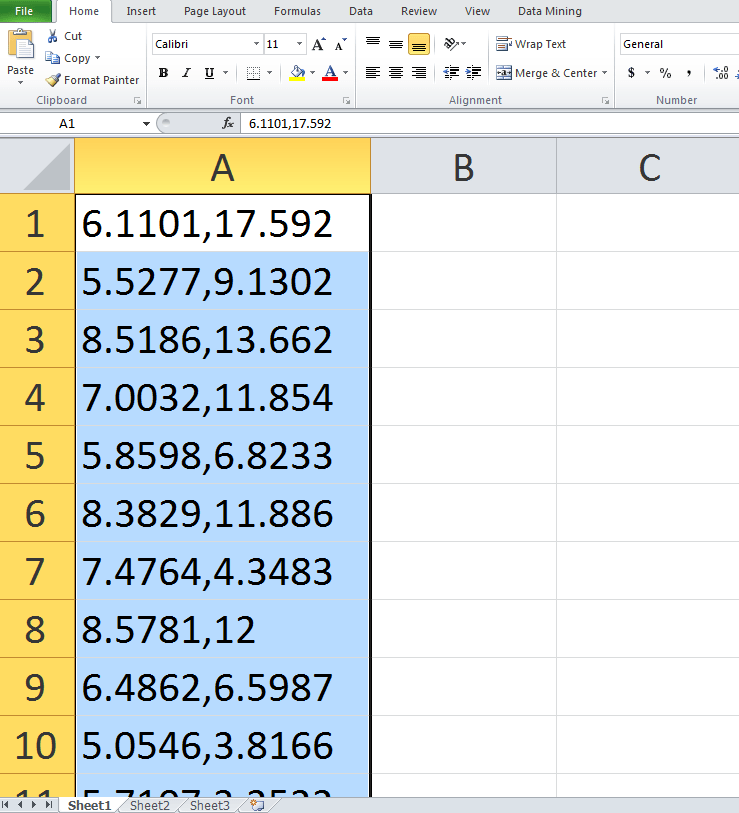Table Of Content

To conclude, we hope this tutorial will help you to change table style in Excel. We have discussed various examples of how to change table style in Excel with proper explanations. We highly recommend you download the practice workbook and try it yourself. Also, feel free to give your valuable feedback in the comment section.
Excel Tutorial: How To Design A Table In Excel
If you want to use it in another workbook, the fastest way is to copy the table with the custom style to that workbook. You can delete the copied table later and the custom style will remain in the Table Styles gallery. To delete a custom table style, right-click on it, and select Delete.

Excel Tutorial: Where Is Table Design In Excel
As we have seen, slicers are a powerful tool for enhancing the functionality of Excel tables and simplifying the data analysis process. By utilizing slicers effectively, users can gain valuable insights from their data in a more efficient and intuitive manner. Slicers work by enabling users to easily filter and analyze data by selecting from a list of options. When a slicer is connected to a table, it allows users to filter the data by simply clicking on the desired option. In this section, we will explore how slicers can be used to enhance the functionality of Excel tables and make data analysis easier and more efficient.
Excel Pivot Tables: How to create better reports - PCWorld
Excel Pivot Tables: How to create better reports.
Posted: Wed, 20 Dec 2017 08:00:00 GMT [source]
B. Using functions to analyze and summarize data within the table
Select any cell in the table and use the Table Styles menu on the Table Tools tab of the ribbon. The Total Row can be easily configured to perform operations like SUM and COUNT without entering a formula. When the table is filtered, these totals will automatically calculate on visible rows only. You can toggle the Total Row on and off with the shortcut control + shift + T.
How to Apply Table Style Without Converting Data to Table in Excel
When new rows or columns are added to an Excel Table, the table expands to enclose them. In a similar way, a table automatically contracts when rows or columns are deleted. When combined with structured references (see below) this gives you a dynamic range to use with formulas.
Adding and removing table headers
The Count function can be used to count the number of entries in a column, providing valuable insights into the data. Table functions in Excel are powerful tools that allow users to perform calculations and analysis within a table of data. The most commonly used table functions include Total, Average, and Count.
Excel provides a variety of table functions to help users analyze and summarize data within a table. In this chapter, we will explore the basics of using table functions and how to create custom functions for specific data analysis needs. Table design is an essential aspect of Excel that can greatly improve the functionality and appearance of your data. Whether you're organizing information, creating reports, or analyzing data, a well-designed table can make your work more efficient and visually appealing. In this Excel tutorial, we will take a brief overview of where to find table design features in Excel so you can elevate your data presentation and analysis skills. Tables make it much easier to rearrange data with drag and drop.
This will add your data to a table and then open the Power Query Editor where you will be able to build your query based on the new table. Power Query is a very useful tool for transforming your data, but you can also create a table during the process of building your queries. This should automatically show the Quick Analysis tool in the lower right corner of the selected range. There is also a legacy shortcut available from when tables were called lists. Select your data and if you press Ctrl + L this will also make a table.
Overview of various formatting options for Excel tables
We will demonstrate how to change table style by choosing table style, creating a custom table, resizing the table style, and removing table style. You will also learn how to apply table style without converting data to a table in Excel. Usually it takes a few steps to sort and filter data in a worksheet. Microsoft Excel will take care of all this stuff automatically.
The column headings are added to each new sheet starting in cell A1. You can adjust the above line of code to change the column headings to suit your needs. If you are using Excel online and want to automate the process of creating multiple tables from a list, then you will need to use Office Scripts. The above line of code is used to create the column headings in each table. This is a great option as you get to choose the table style during the process of making your table.
Table names are a must when you create large, robust Excel workbooks. It's a housekeeping step that ensures you know where your cell references point to. Start off by clicking inside a set of data in your spreadsheet. You can click anywhere in a set of data before converting it to a table. To follow along with this tutorial, you can use the sample data I've included for free in this tutorial. It's a simple spreadsheet with example data you can use to convert to a table in Excel.

No comments:
Post a Comment